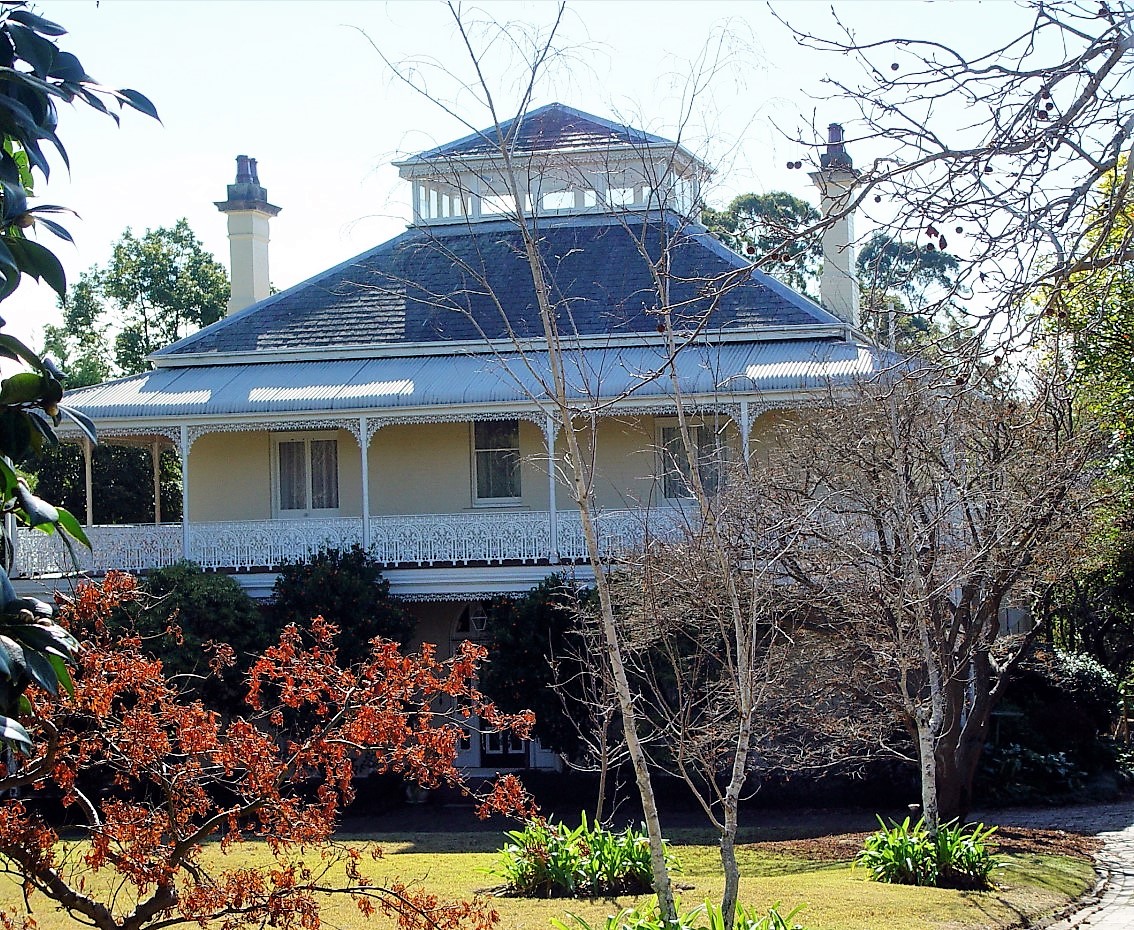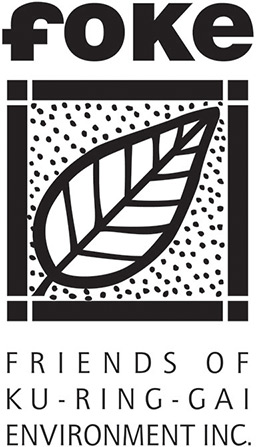
In May 2021, the NSW Government announced a major review of the Heritage Act, 1977 which would contribute to its legislative reform.
The NSW Heritage Act is the single most important instrument in our state that identifies, protects and conserves our heritage and we believe should only be strengthened.
FOKE participated in a National Trust Forum on the Government’s Discussion Paper on the 9th May with 277 experts, heritage organisations and other participants.
We believe the current Heritage Act is very robust and working well and needs only minor updating.
The stated intention of the review is to make heritage ownership easier, more affordable and maximising a heritage item’s economic value.
Our main concern is that the discussion paper intends to water down the current Heritage Act’s conservation and protection measures. Under the rationale for the review, the prescriptive controls which have helped conserve and protect heritage items are cited as outdated, with no real comment as to best practice improvements or any strengthening of the Act.
Rather the paper recommends a ‘nuanced’ approach to heritage controls, which will only lead to individual interpretations resulting in legal battles among residents, developers and local and state planning controls. Prescriptive controls have proven to be successful in other countries such as the UK.
The key areas supported in our submission relate to the need to address Aboriginal Heritage, the ability to issue penalty infringement notices for non-compliance or wilful deterioration of a heritage item, and financial incentives for funding conservation.
The issues raised that are not supported are streamlining the delisting process, and extending the levels of heritage protection into four categories.
However, the Act would benefit by excluding heritage from State Significant Developments, which currently can override the provisions of the Heritage Act. As we have just seen with the removal of Willow Grove to make way for the Parramatta Powerhouse museum.
Similarly, Heritage items should have a significant conserved perimeter where no development is allowed. Most heritage is an item in a setting that adds to its value and historic validity, hence the area surrounding it needs to be similarly protected.
Why are only 4% of the 40,000 State Heritage Inventory Items actually listed on the Heritage Register?
The Heritage Council is adding fewer and fewer items each year. Without protection these items will be lost. The National Trust (NSW) have listed over 100 buildings and places that in their view warrant State Heritage listing which the Heritage Office has not registered.
Heritage assessment and relevance to local, state or national significance should be maintained. Any proposed amendments should result in better heritage outcomes rather than a weakening of heritage protections.
